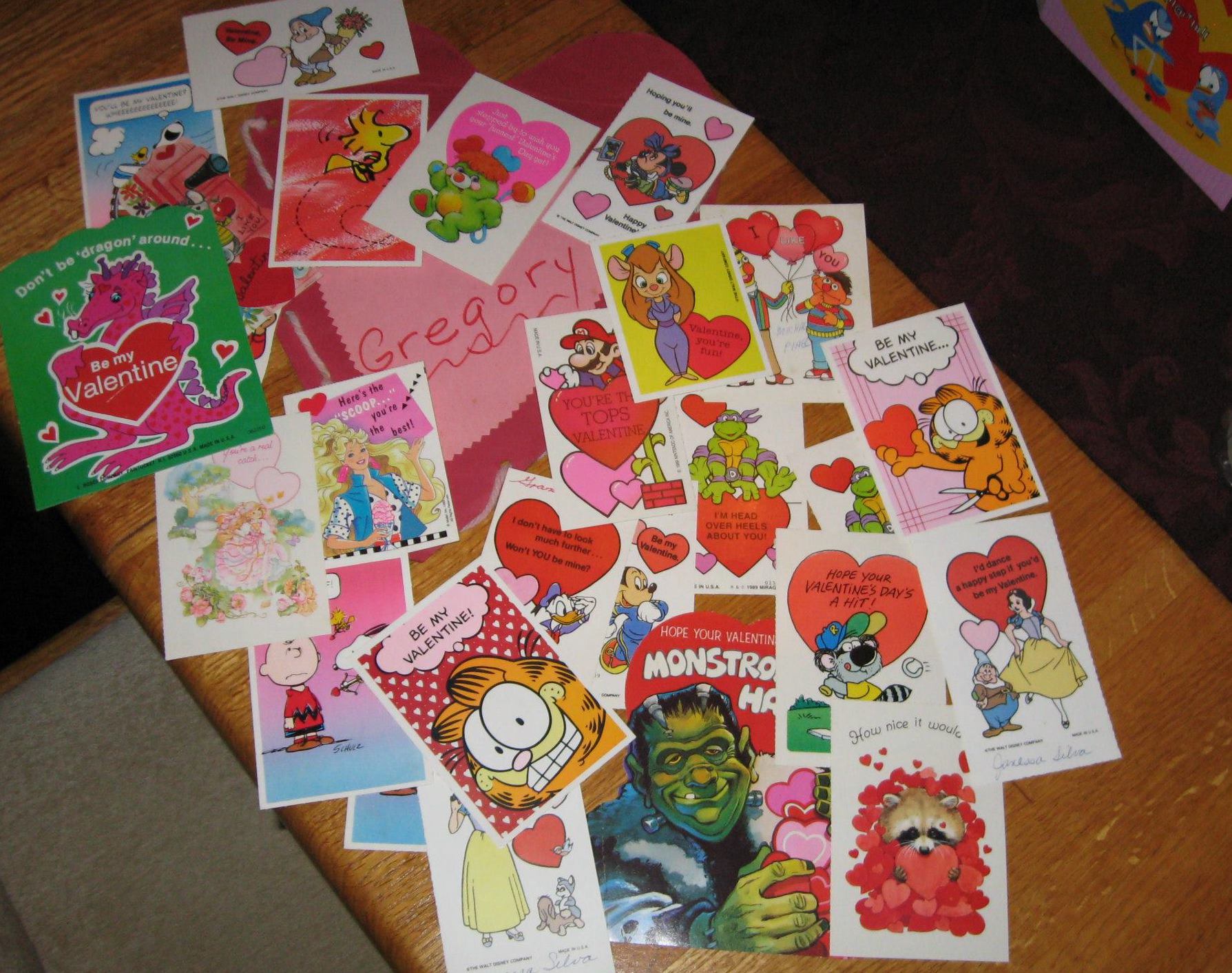
Valentine’s Day marketing has come a long way since the 1980s. What once revolved around roses and romantic clichés has evolved into a dynamic, inclusive, and digitally-driven celebration. In this article, we’ll take a closer look at how brands have reshaped their approach over the decades, adapting to cultural shifts, technological advancements, and changing consumer behaviors.
The 1980s – Simplicity and Tradition
In the year of iconic hairdos, neon and spandex, Valentine's Day marketing in the 80s was centered around traditional sentiments. The key themes were love, romance, and affection, and brands capitalized on the long-established symbols of the day, such as red roses, chocolates, and greeting cards. The marketing strategy during this time focused heavily on sentimentality and was often geared toward couples.
Key Trends in the 1980s:
-
Greeting Cards: Hallmark and other greeting card companies dominated the space, with ads focusing on romantic messages and heartfelt wishes. Cards were primarily the go-to for consumers, and ads were seen everywhere from TV commercials to print media.
-
Classic Retail: Retailers like florists, jewelers, and chocolatiers ramped up their marketing efforts with limited-time offers and in-store displays. These ads played into the tradition of gift-giving.
-
Traditional TV Spots: Television and radio commercials were the primary channels for promoting products like jewelry, chocolates, and flowers.
The 1990s to Early 2000s – Personalization Begins
As we moved into the 90s and early 2000s, marketers began to shift toward more personalized campaigns. Consumer behavior was evolving, and brands started recognizing that Valentine's Day wasn’t just for couples. Marketing became more inclusive, targeting individuals, friends, and self-love.
Key Trends in the 1990s and 2000s:
-
Self-Love Marketing: Brands like Dove and body care companies began to target consumers who wanted to indulge themselves with self-care products, embracing the notion of self-love alongside traditional romance.
-
Broader Audience: While couples were still the primary audience, brands started appealing to singles and friendships, promoting Valentine's Day as a time to express affection in multiple forms.
-
Direct Mail: Direct mail catalogs were a popular marketing tool, showcasing Valentine's gifts for everyone—whether romantic partners, friends, or even pets.
The 2010s – Social Media Takes Over
With the rise of social media, Valentine’s Day marketing became more interactive and dynamic. Companies embraced the digital space, engaging consumers through Facebook, Instagram, and Twitter. User-generated content became a key part of campaigns, and brands leveraged hashtags and viral content to drive engagement.
Key Trends in the 2010s:
-
Hashtag Campaigns: Brands began creating viral hashtag campaigns, encouraging users to share their stories and moments related to love. For example, campaigns like #ShareTheLove (Coca-Cola) invited consumers to engage with the brand by sharing photos of their Valentine’s celebrations.
-
Social Media Influencers: As Instagram and YouTube influencers began gaining traction, brands tapped into influencer marketing to promote products through sponsored posts and unique partnership collaborations.
-
Brand Activism: Companies started aligning with social movements, using Valentine’s Day to promote inclusivity, diversity, and social good, allowing for a more progressive approach to the holiday.
2020s Hyper-Personalization and Experiential Marketing
By 2025, Valentine’s Day marketing has evolved into a sophisticated blend of technology, experiential marketing, and hyper-personalization. Brands now use big data, AI, and social media platforms to create customized experiences and products that resonate with individual preferences.
Key Trends in the 2020s:
-
AI-Driven Campaigns: With the advent of artificial intelligence, brands are now able to deliver hyper-personalized content and offers based on individual behaviors. For example, clothing brands can now offer personalized gift suggestions based on your browsing habits or even create personalized greetings based on your social media posts.
-
Experiential Marketing: Brands are focusing on immersive, real-world experiences such as pop-up shops, virtual events, and interactive installations. For instance, events like "Galentine’s Day" celebrations are gaining popularity, celebrating friendship and empowering women with exclusive events and product collaborations.
-
Sustainability and Ethics: As more consumers look for sustainable and ethical products, brands are shifting to promote eco-friendly options for Valentine’s Day gifts, like sustainable flower arrangements or ethical chocolate brands.
Emotional Marketing and the Virtual Love Experience
Looking ahead to the next decade, we can expect to see Valentine’s Day marketing become even more experiential and immersive. Augmented reality and virtual reality are likely to play a major role, creating interactive love experiences for people regardless of location.
What’s Next?
-
Virtual and AR Experiences: As virtual events and AR shopping experiences become more mainstream, Valentine’s Day campaigns will likely incorporate these technologies to create immersive, interactive experiences where consumers can “try” products before buying or share moments in a virtual love space.
-
AI-Powered Emotional Marketing: The use of AI to analyze emotions and deliver tailored, empathetic content will make Valentine’s Day marketing even more relevant and intimate, allowing brands to connect with consumers on an emotional level.
The Ever-Evolving Valentine's Day Marketing Landscape
From traditional TV ads to influencer campaigns, from self-love to inclusivity, Valentine’s Day marketing has evolved significantly over the decades. As the holiday continues to be redefined, marketers are now tasked with creating personalized, immersive experiences that appeal to consumers in a meaningful way. With the advent of emerging technologies like AI, AR, and VR, the future of Valentine’s Day marketing looks exciting, with endless opportunities for brands to connect with their audience on a deeper level. As we anticipate this year’s love day and beyond, one thing is clear: Valentine’s Day is no longer just about love between couples—it’s about embracing all forms of love, including self-love, friendship, and community.
Source:
-
https://blog.hubspot.com/marketing/history-of-valentines-day-marketing
-
http://aflwmag.com/2017/02/14/valentines-day-third-grade-80s-jennifer-fliss/
For more information, please contact:
Inasa Ori Sativa
Corporate Communications Lead of FAB Indonesia
e: inasa.sativa@fabindonesia.com
p: +62 858 7085 2010







